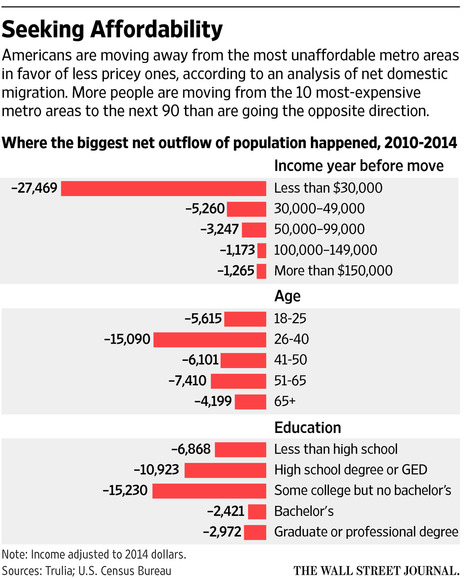(p. A11) Far from recovering a sense of hopefulness during the relative peace of the 21st century, gloominess has become the default position of the intellectual classes in the Western world.
. . .
Ronald Bailey begs to differ. As his book demonstrates, a careful examination of the evidence shows that, at least in material terms (which is not unimportant, particularly for the world’s poor), life is getting better. The overriding reason for this, according to Mr. Bailey, is continuing technological progress, facilitated–and this is crucial–by the global triumph of market capitalism.
Among the scares examined by Mr. Bailey in “The End of Doom: Environmental Renewal in the Twenty-First Century” are overpopulation, the exhaustion of natural resources (particularly oil), the perils of biotechnology and genetic modification, and global warming.
. . .
No doubt the age of oil will one day come to an end. But as my old friend Saudi Arabia’s Sheikh Yamani used to point out, the Stone Age did not come to an end because we ran out of stone.
. . .
“The End of Doom” is not quite in the same class as Matt Ridley’s classic, “The Rational Optimist,” but it is a good book and deserves to be widely read.
For the full review, see:
NIGEL LAWSON. “BOOKSHELF; Apocalypse Later; Despite an explosion in population greater than Malthus could have ever imagined, global living standards are higher than ever.” The Wall Street Journal (Sat., July 27, 2015): A11.
(Note: the online version of the review has the date July 27, 2015.)
(Note: ellipses added.)
The book under review, is:
Bailey, Ronald. The End of Doom: Environmental Renewal in the Twenty-First Century. New York: Thomas Dunne Books, 2015.


